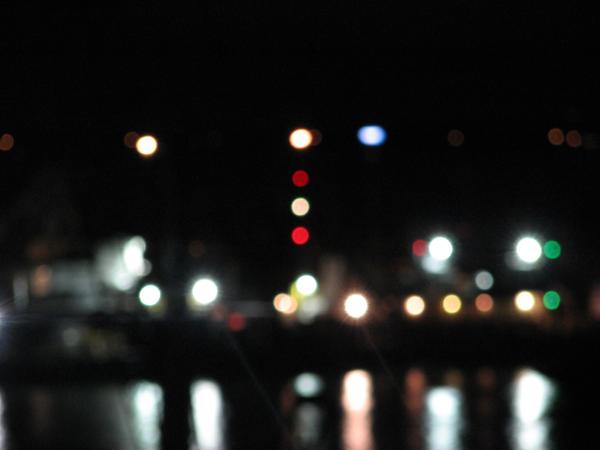psneeld
Guru
The International Code of Signals (ICS) is an international system of signals and codes for use by vessels to communicate important messages regarding safety of navigation and related matters. Signals can be sent by flaghoist, signal lamp ("blinker"), flag semaphore, radiotelegraphy, and radiotelephony. The International Code is the most recent evolution of a wide variety of maritime flag signalling systems.
https://en.wikipedia.org/wiki/International_Code_of_Signals
Used to see it a lot on vessels for all kinds of messaging...by the time I got out of the USCG...not so much.
https://en.wikipedia.org/wiki/International_Code_of_Signals
Used to see it a lot on vessels for all kinds of messaging...by the time I got out of the USCG...not so much.
Last edited:

